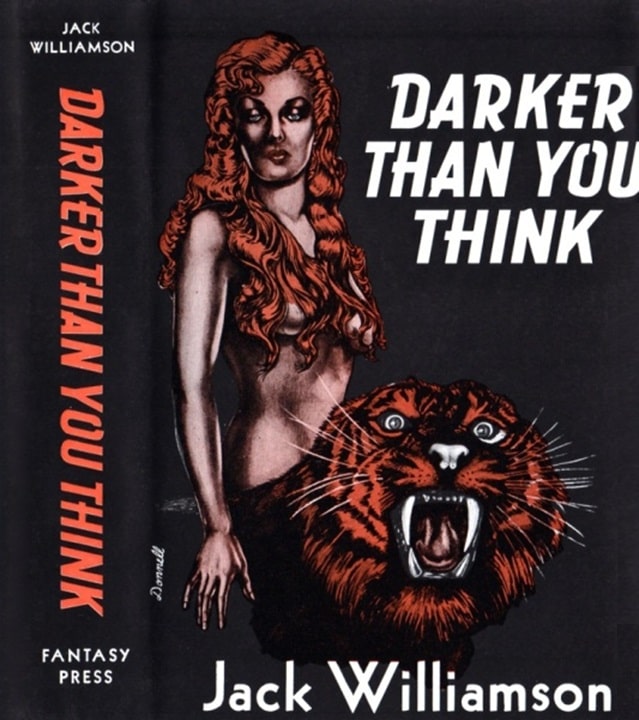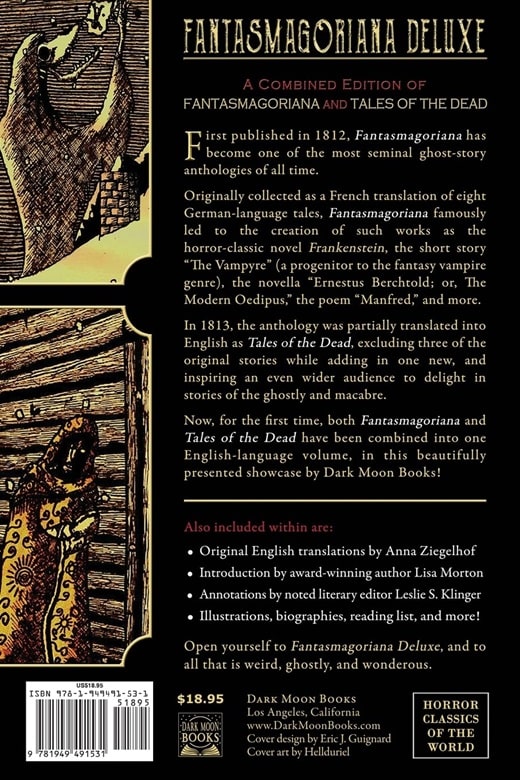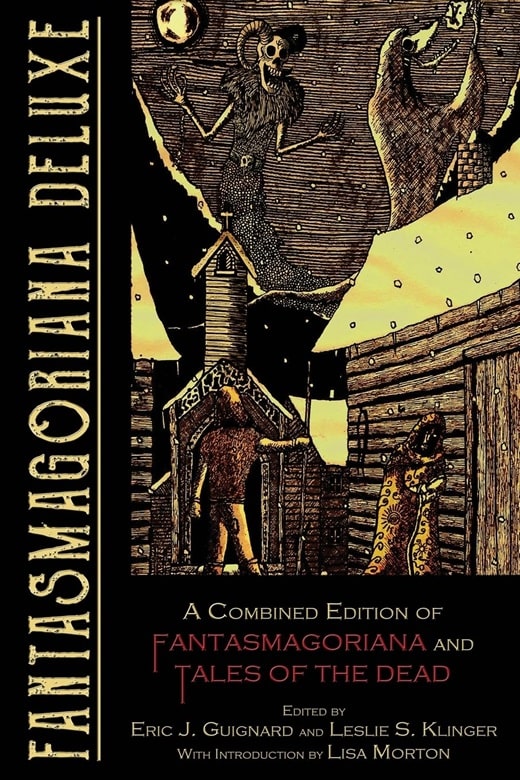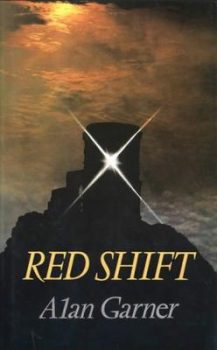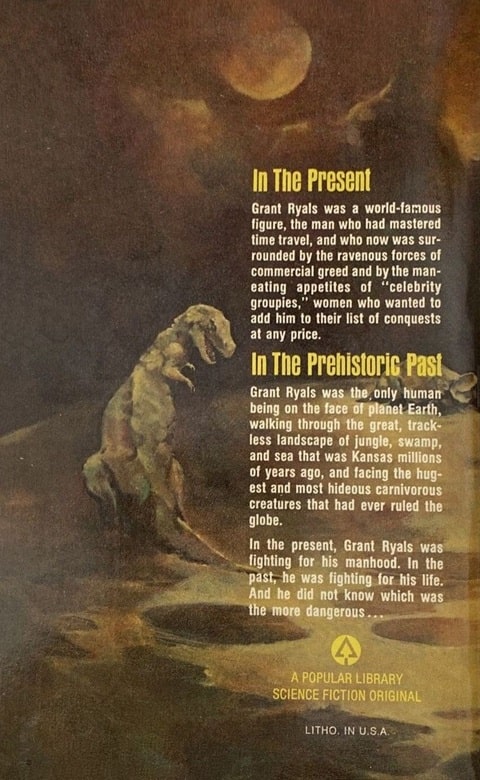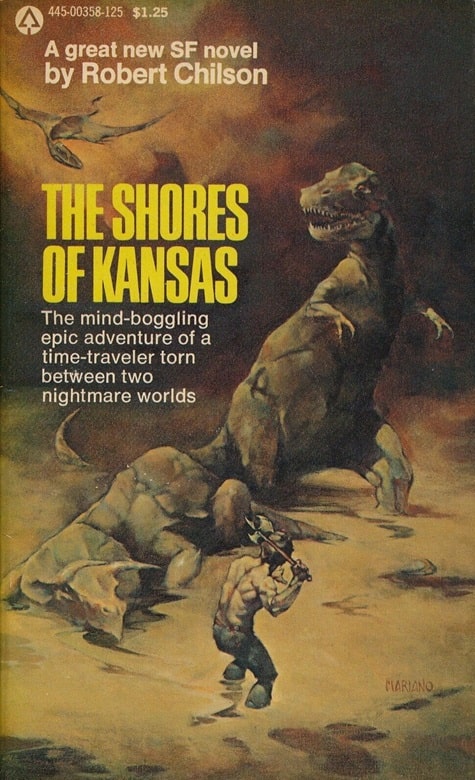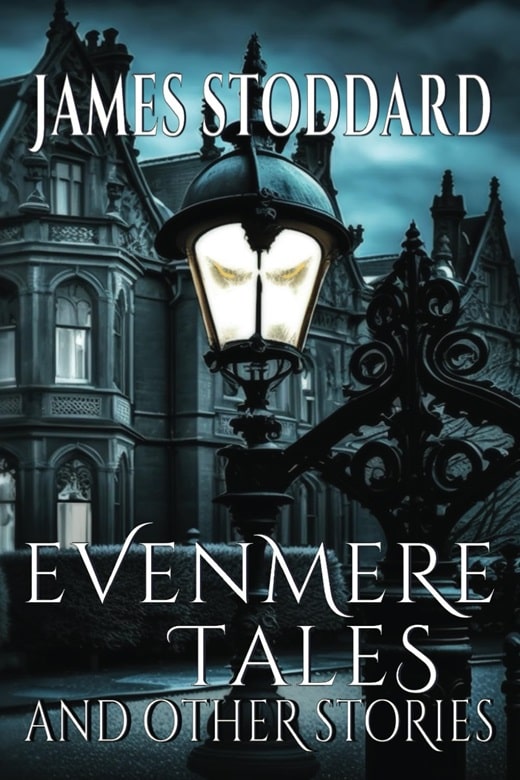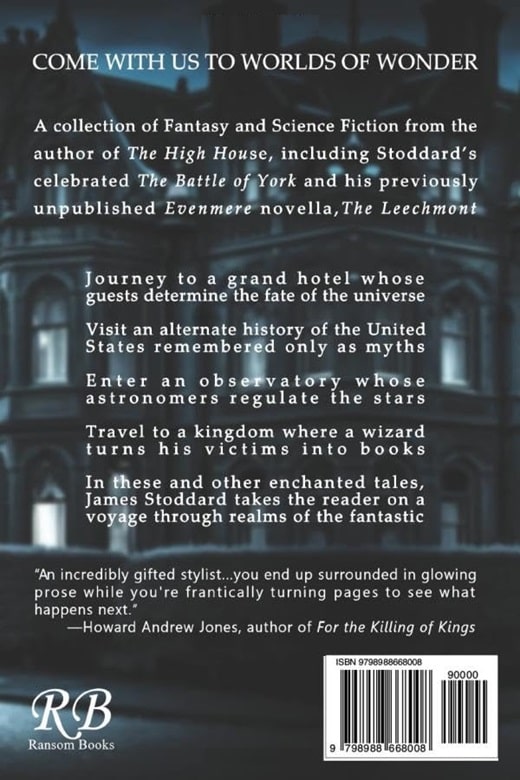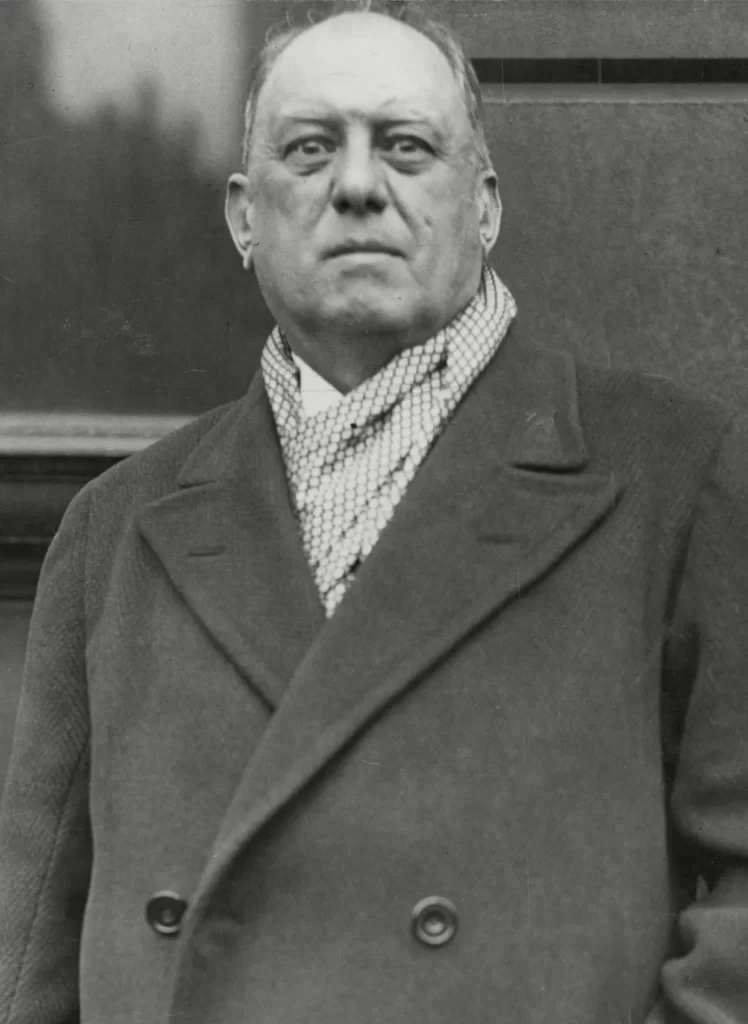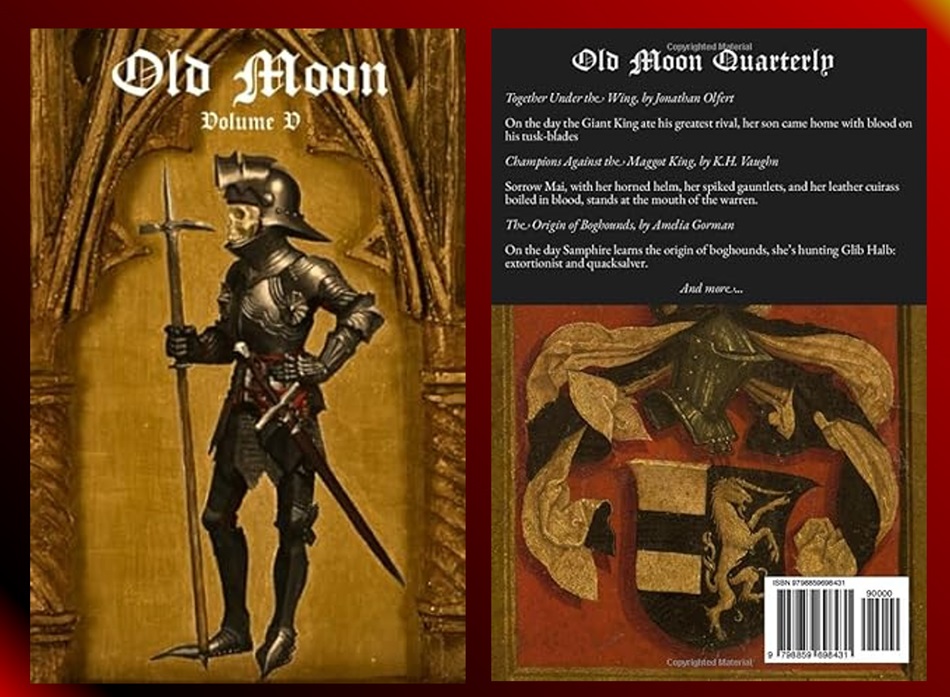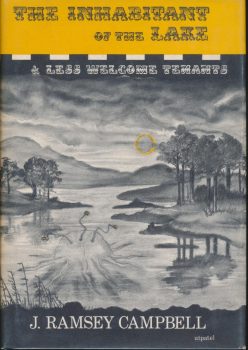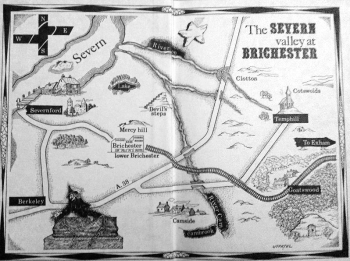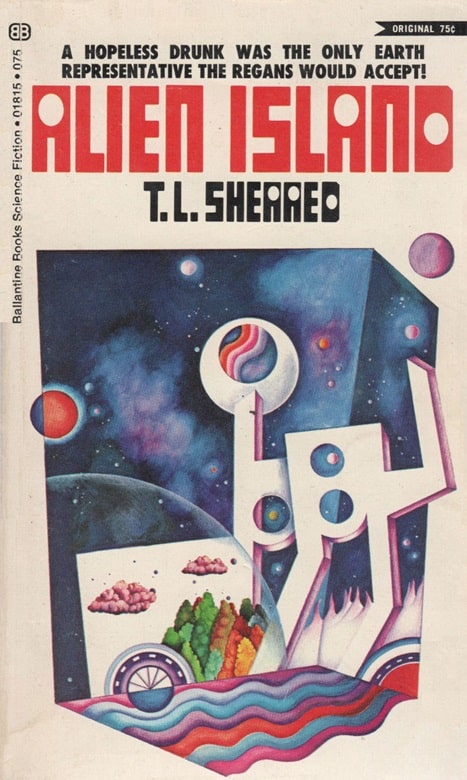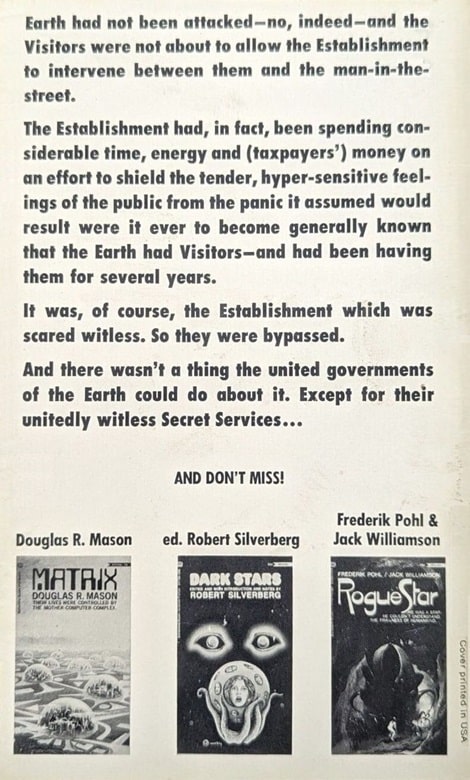A Christmas Carol by Charles Dickens
If I could work my will,” said Scrooge indignantly, “every idiot who goes about with ‘Merry Christmas’ on his lips, should be boiled with his own pudding, and buried with a stake of holly through his heart. He should!”
Ebenezer Scrooge
A Christmas Carol. In Prose. Being a Ghost Story of Christmas, published first in 1843, is nearly two hundred years old, and nothing remains to be said about it, it would seem. Charles Dickens’s fairy tale has become one of the great secular staples of the Christmas season. It’s been filmed many times; both wonderfully as in the Alastair Sim 1951 and George C. Scott 1984 versions and less wonderfully in the Reginald Owen 1938 film and the 2010 Jim Carrey motion capture monstrosity. Furthermore, there have been animated adaptations, musicals, and comics. It’s an isolated person, I suspect, who doesn’t know at least the basic setup: the uplifting story of a cold-hearted miser who turns to the good after the visitation of a trio of ghosts representing the spirit of the season. All I can do is comment on the bits that stood out for me while liberally quoting from this mordantly funny novel and Gothic fantasy of redemption.
The story is told by an omniscient narrator who intrudes on the story constantly, digresses from the narrative, and questions the reader at every turn. The opening words of A Christmas Carol, or at least a fair gloss on them, are well-known, particularly the seventh sentence: “Old Marley was a dead as a door-nail.” It’s a blunt matter-of-fact statement that lets the reader know where things stand. The narrator, though, immediately continues with something else.
